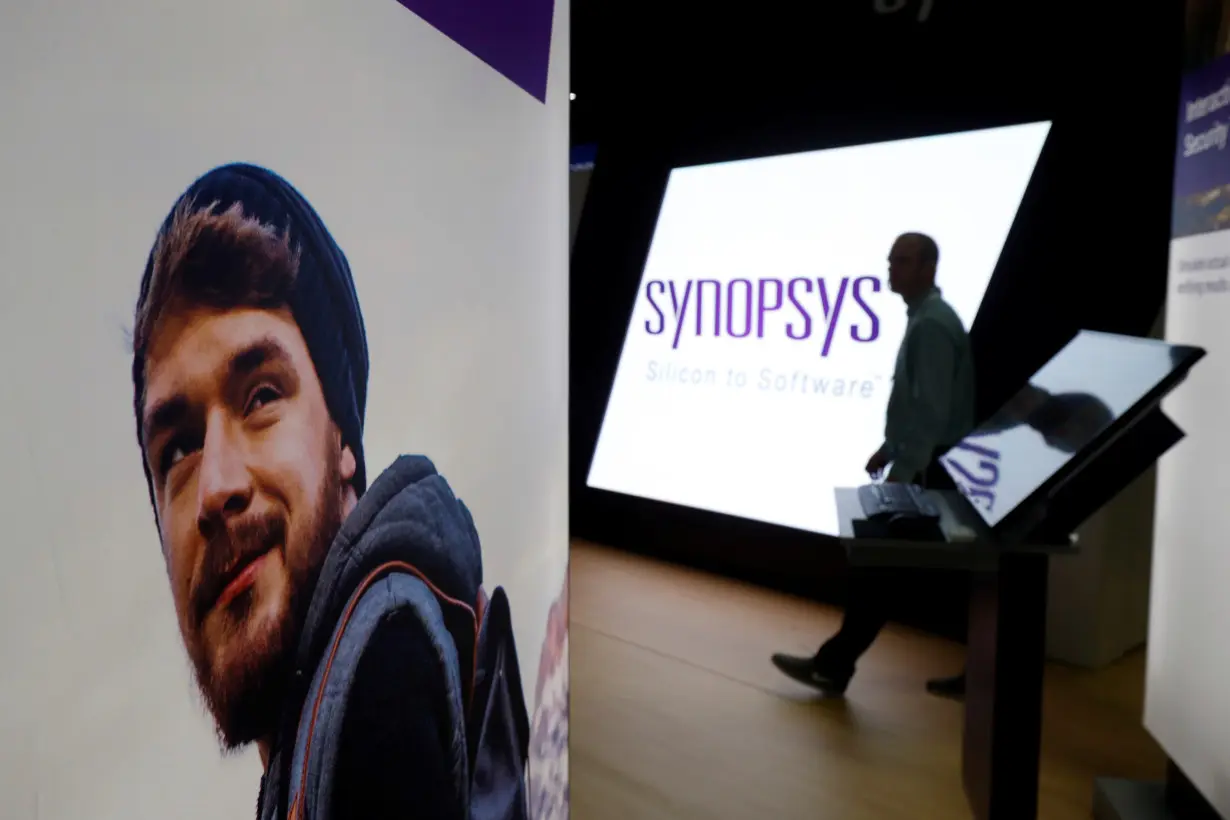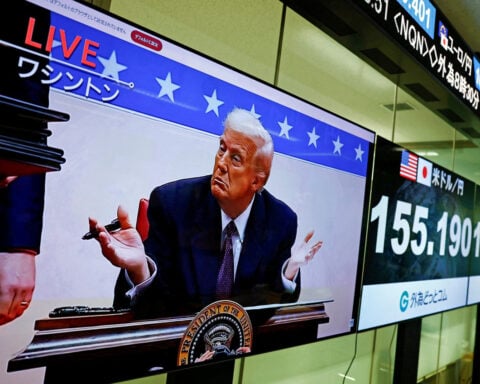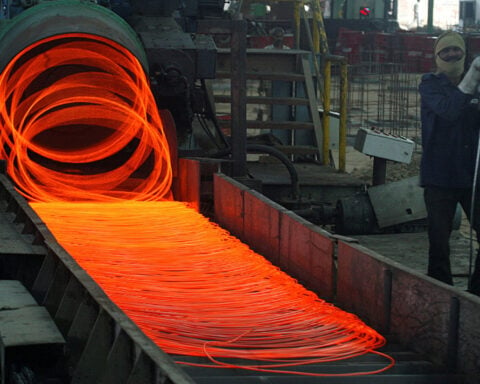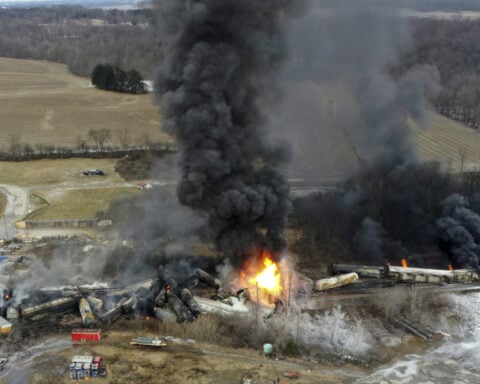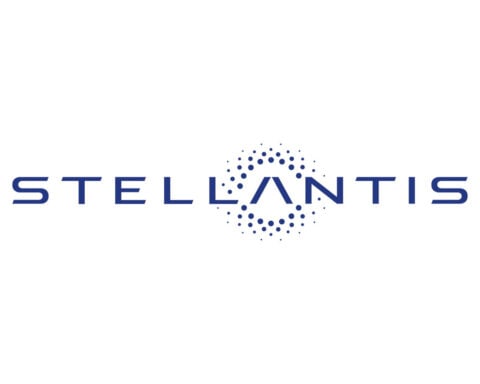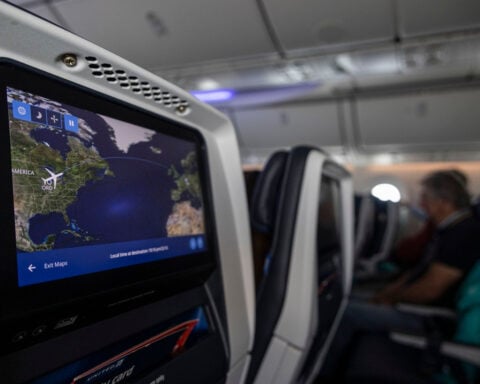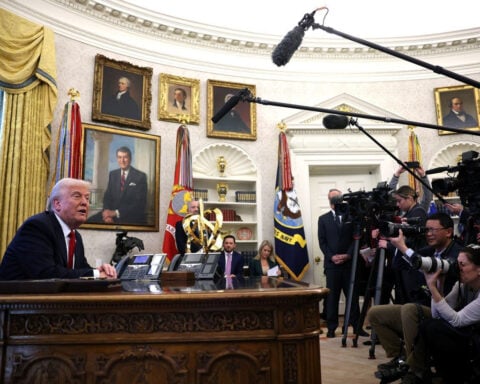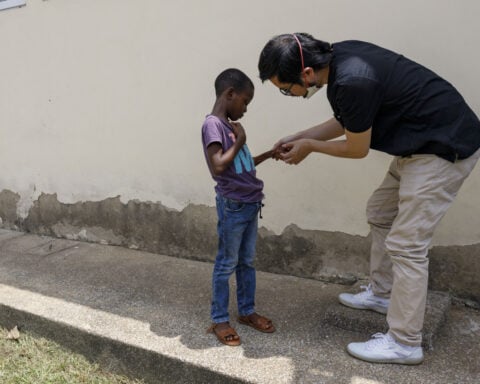By Stephen Nellis
SANTA CLARA, California (Reuters) - Synopsys on Wednesday showed a set of software tools designed to make it easier and faster to design cars, data centers and other big systems that rely on semiconductors.
Synopsys is one of the major players in making software for designing the chips themselves, helping companies like Nvidia decide how to arrange hundreds of billions of transistors on small squares of silicon.
But with its $35 billion offer to buy engineering software firm Ansys, Synopsys aims to also help customers design the products and systems where those chips will ultimately end up. At its annual developer conference in Santa Clara, California on Wednesday, Synopsys Chief Executive Sassine Ghazi outlined how some customers are doing that.
Tesla, for example, uses a virtual simulation of a custom chip to start writing the software for that chip and testing how the software will control its cars long before any physical item has been manufactured. In an interview, Sassine said other automotive customers will follow suit, though he declined to name them.
"Tesla was a pioneer in looking at the car as a software-defined vehicle," Ghazi told Reuters. "There are a number of European and Japanese OEMs that are going down that path, and the Chinese are racing toward it as well."
Synopsys also outlined how the operators of huge data centers that power artificial intelligence systems such as copilots or chatbots can simulate how that software will run across tens of thousands of chips - and how much heat the chips will give off during that process, which then helps determine how much cooling equipment will be needed.
"The speed at which AI models can evolve and produce outcomes is limited by how quickly we can evolve the supercomputing architecture and the hardware to meet this new challenge," Reynold D'Sa, corporate vice president of silicon, cloud hardware and infrastructure at Microsoft said in a statement.
(Reporting by Stephen Nellis in Santa Clara, California; Editing by Chizu Nomiyama)

 Trump has begun another trade war. Here's a timeline of how we got here
Trump has begun another trade war. Here's a timeline of how we got here
 Canada's leader laments lost friendship with US in town that sheltered stranded Americans after 9/11
Canada's leader laments lost friendship with US in town that sheltered stranded Americans after 9/11
 Chinese EV giant BYD's fourth-quarter profit leaps 73%
Chinese EV giant BYD's fourth-quarter profit leaps 73%
 You're an American in another land? Prepare to talk about the why and how of Trump 2.0
You're an American in another land? Prepare to talk about the why and how of Trump 2.0
 Chalk talk: Star power, top teams and No. 5 seeds headline the women's March Madness Sweet 16
Chalk talk: Star power, top teams and No. 5 seeds headline the women's March Madness Sweet 16
 Purdue returns to Sweet 16 with 76-62 win over McNeese in March Madness
Purdue returns to Sweet 16 with 76-62 win over McNeese in March Madness
